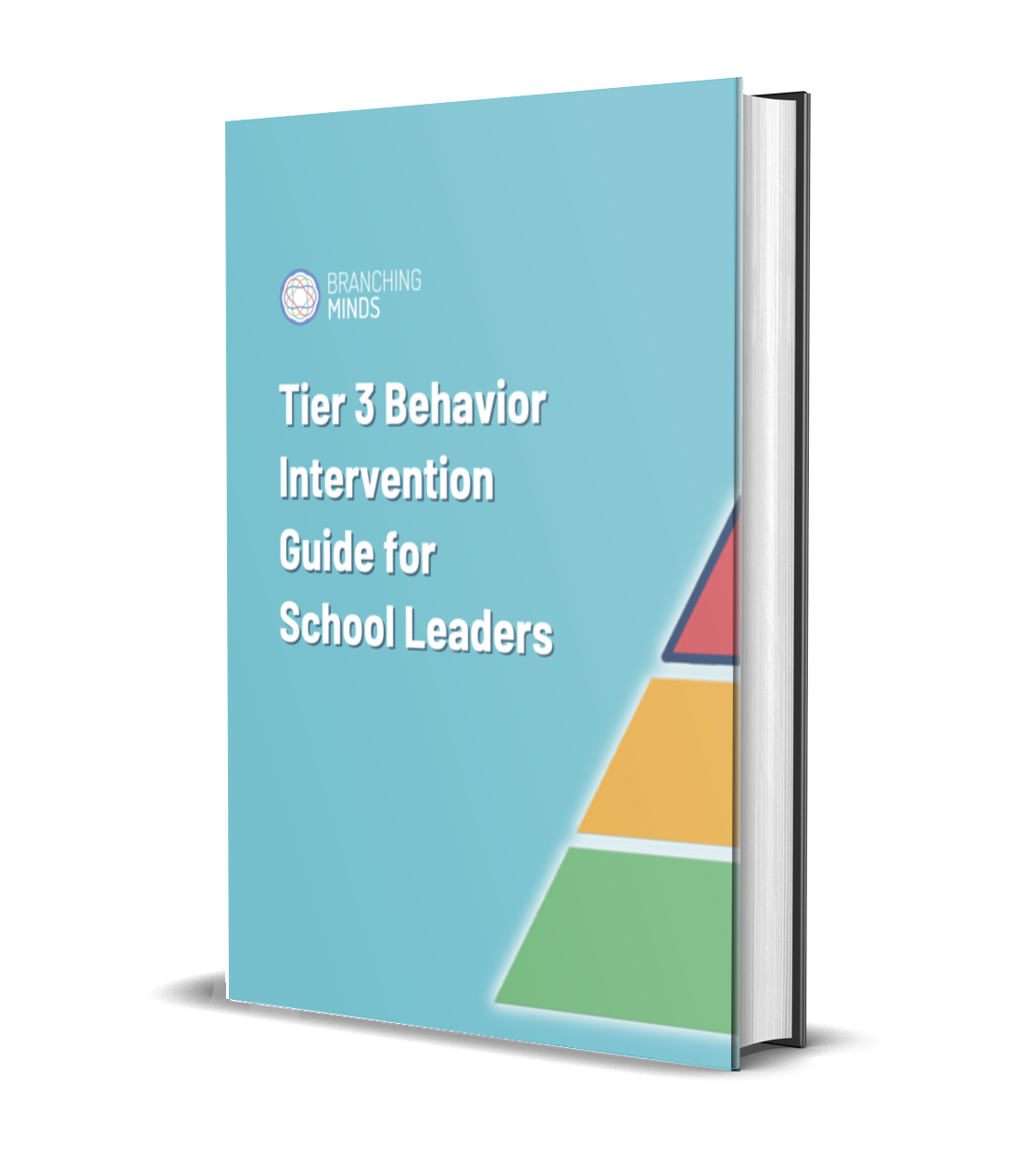Guide
Tier 3 Behavior Intervention Guide for School Leaders
Nearly half of all teachers are considering leaving their jobs due to safety and climate concerns. School leaders are facing rising mental health needs and challenging behaviors, and searching for solutions that support both students and staff.
This guide offers practical insights from a school leader’s perspective on building an effective Tier 3 behavior support system. Learn the key components, explore actionable tips, and discover resources to make intensive intervention feasible, even in the busiest school environments.













